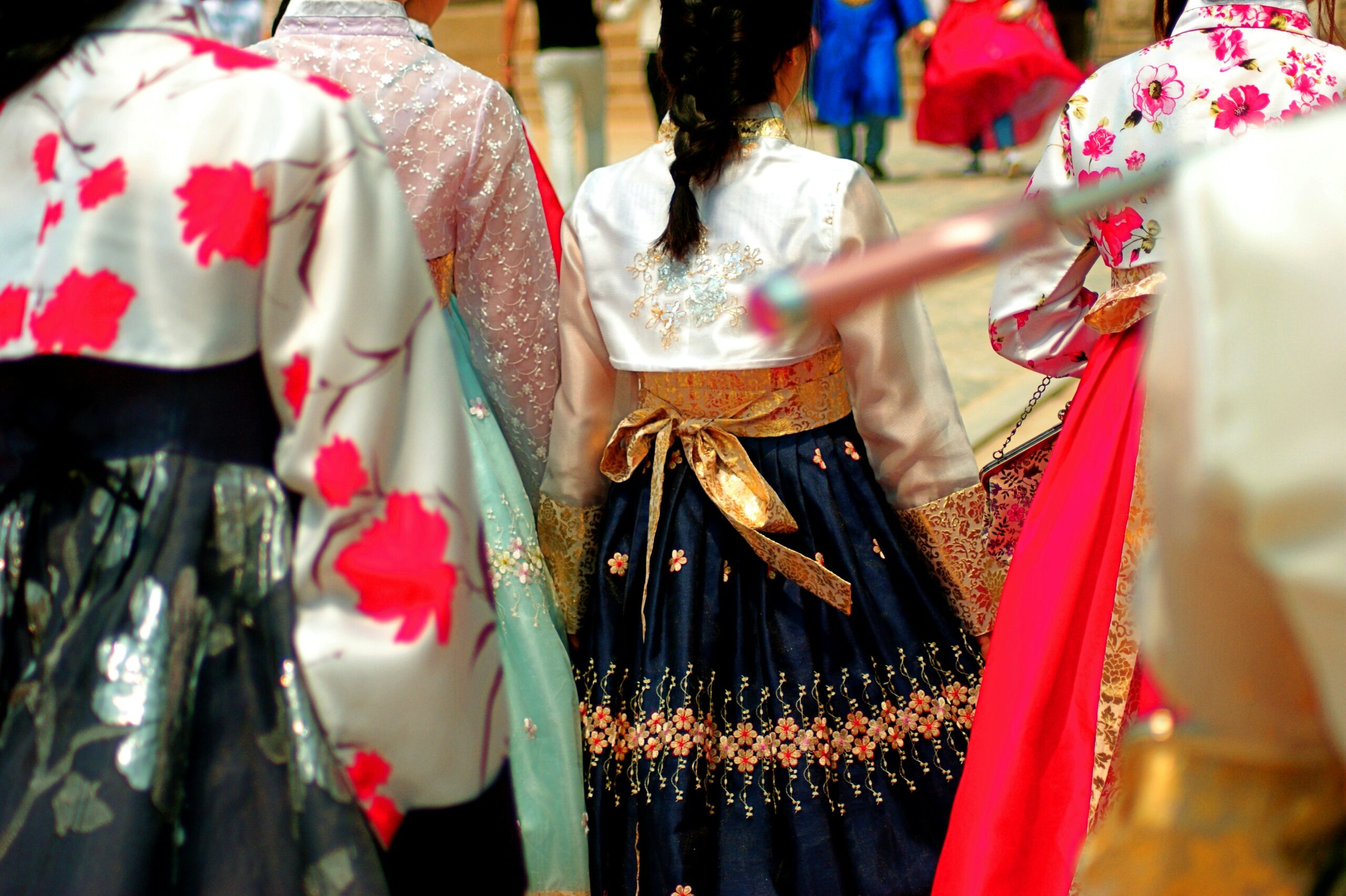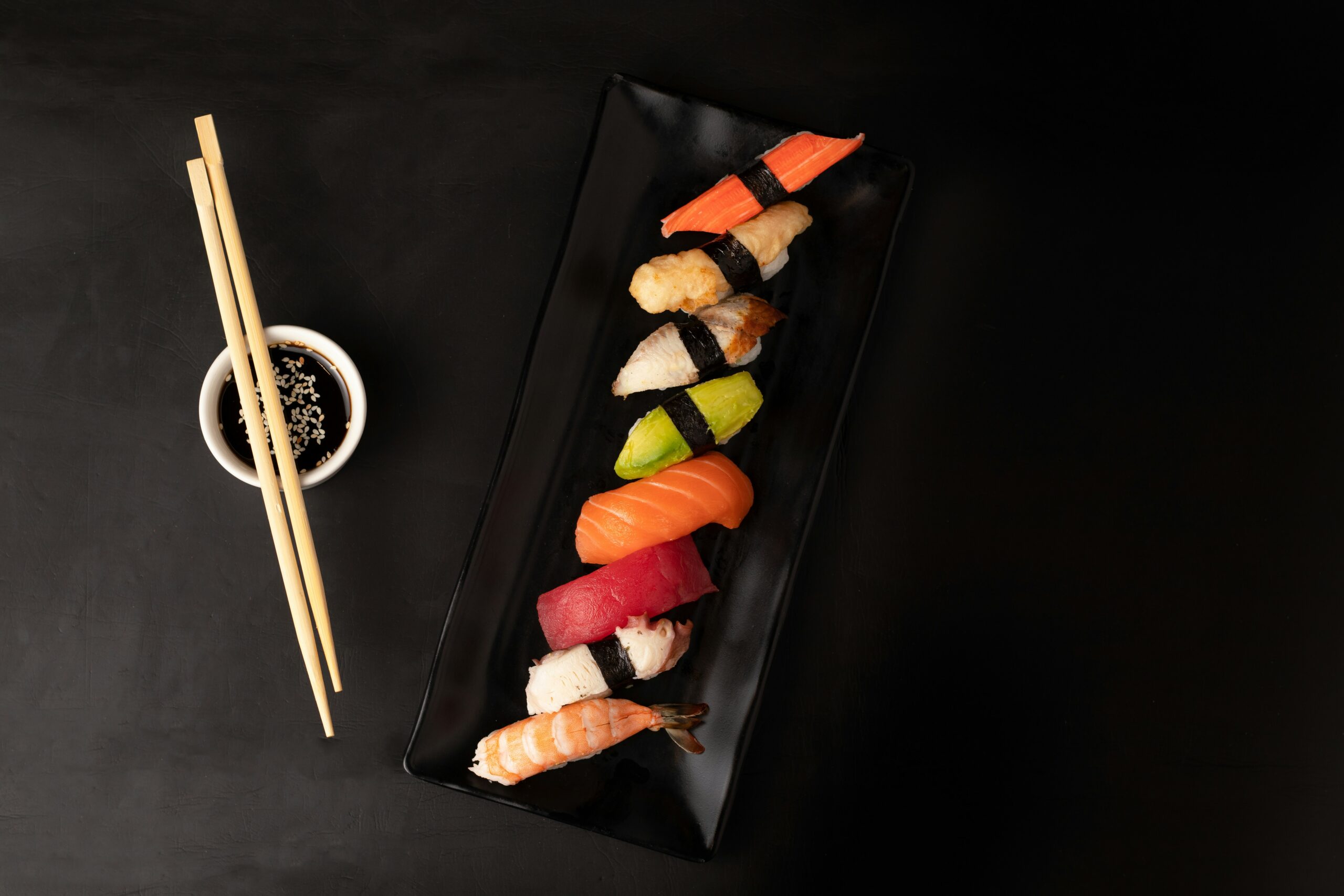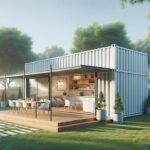Understanding the Purpose of an Outdoor Awning
Outdoor awnings serve as an effective solution for creating sheltered areas in various outdoor environments. Whether you’re covering a patio, deck, or windows, an awning offers protection from harsh sunlight, rain, and other elements. These structures are especially useful for households that enjoy spending time outside but want to avoid direct exposure to the sun. In addition to offering comfort, an awning can also contribute to energy efficiency by reducing indoor heat gain during warmer months.
The purpose of an awning extends beyond weather protection. It also adds aesthetic appeal to the exterior of your home or business. With a variety of styles, colors, and materials available, awnings can complement your existing design while enhancing curb appeal. Some models are even designed with features like retractability and motorization, giving users flexible control over their outdoor environment.
Key benefits include:
- UV protection for people and furniture
- Lower cooling costs during summer
- Extended usable outdoor space
- Increased property value
These advantages make awnings a valuable consideration for both residential and commercial spaces, particularly in regions with variable weather conditions.
Types of Outdoor Awnings to Consider
There are several types of outdoor awnings available, each suited for different needs and architectural styles. The most common types include retractable awnings, stationary awnings, and freestanding models. Retractable awnings are popular due to their versatility and ease of use. They can be manually operated or equipped with a motor for convenient retraction when not in use.
Stationary awnings, on the other hand, are fixed structures that provide constant protection and are often custom-built to fit specific areas. Freestanding awnings are ideal for open spaces like gardens or poolside areas, where wall mounting isn’t possible. These are supported by their own frames and can offer coverage in places where traditional awnings fall short.
When selecting an awning, consider these factors:
- Size and coverage area needed
- Material durability (fabric vs. metal)
- Design compatibility with your home
- Installation requirements
- Maintenance and cleaning needs
Each type has its own advantages, and the right choice depends on how you plan to use the space and what level of maintenance you’re comfortable with.
Materials and Durability: What to Look For
The material of an outdoor awning greatly influences its longevity, performance, and appearance. Fabric awnings are widely used and come in various options like acrylic, polyester, and vinyl-coated fabrics. These materials are treated to resist fading, mildew, and UV rays, making them suitable for prolonged outdoor use.
For more permanent installations, metal awnings made from aluminum or steel offer enhanced durability and strength. While they may lack the softness and variety of fabric options, metal awnings are less prone to weather damage and often require less maintenance. However, they can be more expensive upfront and may require professional installation.
Important material considerations include:
- UV resistance to prevent color fading
- Waterproof or water-resistant coatings
- Wind resistance and structural integrity
- Mildew and mold resistance for humid climates
Choosing a high-quality material suited to your local climate ensures that your awning will remain functional and attractive for years to come. Regular cleaning and maintenance—such as removing debris and occasional washing—can also extend its lifespan.
Installation and Placement Tips
Proper installation is crucial for the effectiveness and safety of your outdoor awning. Whether you opt for a DIY installation or professional service, it’s important to evaluate the structural support available on your property. Wall-mounted awnings need a sturdy surface, such as brick or concrete, to anchor the unit securely. In contrast, freestanding models must be placed on level ground and may require weights or anchors for stability.
Placement is equally important. Consider the direction your outdoor area faces and the typical path of the sun. Positioning the awning to block the highest level of sunlight can maximize comfort and reduce indoor heat. In areas with heavy rain or wind, ensure the awning is angled to allow proper runoff and that it’s reinforced to withstand strong gusts.
Additional installation tips include:
- Check for local ordinances or HOA requirements
- Use corrosion-resistant hardware
- Ensure clearance for doors and windows
- Plan for easy access to retract controls
Correct placement and secure installation not only improve functionality but also extend the life of the awning. If unsure, consulting with a professional can help avoid costly mistakes.
Maintenance and Seasonal Care
To keep your outdoor awning in excellent condition, routine maintenance is essential. Most fabric awnings benefit from monthly cleaning, especially during seasons with heavy pollen, dust, or rainfall. Use a soft brush and mild soap to gently scrub the surface, then rinse thoroughly with water. Always allow the fabric to dry completely before retracting to prevent mold and mildew growth.
For metal awnings, occasional washing and inspection for rust or corrosion are recommended. Applying a protective sealant can further guard against the elements. Periodically check for any loose bolts or damaged components, especially after storms or high winds.
Seasonal care tips include:
- Retract or cover awnings during winter months
- Store fabric units indoors if removable
- Inspect and tighten hardware before spring
- Clean before and after each season
Proper maintenance not only enhances appearance but also ensures safety and functionality. By dedicating a small amount of time each season, you can significantly extend the lifespan of your awning and continue to enjoy your outdoor space year-round.
Conclusion: A Functional Addition to Any Outdoor Area
Investing in an outdoor awning is a thoughtful way to improve the usability, comfort, and appeal of your exterior spaces. Whether you’re shielding a sunny patio, adding flair to your home’s facade, or creating a shaded retreat in the garden, an awning offers both practical and aesthetic value. With the variety of types, materials, and customization options available, there’s a solution for nearly every need and budget. By selecting the right style and maintaining it properly, your awning can provide reliable use for many seasons, making outdoor living more enjoyable and accessible.












